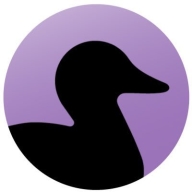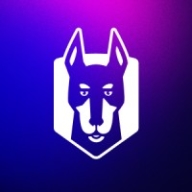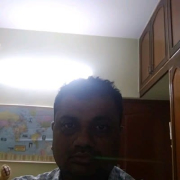

Coverity Static and Snyk are prominent competitors in the software security analysis market. Based on features and performance, Snyk holds the upper hand for its user-friendly integrations and container security capabilities.
Features: Coverity Static offers features like a low false positive rate, faster scanning times, and deep integration with CI/CD tools. It supports multiple programming languages and offers comprehensive security and defect analysis. Snyk is known for its ease of use, extensive vulnerability database, and seamless integrations, including strong container security and cloud environment support.
Room for Improvement: Coverity Static could benefit from improvements in its reporting engine, a more intuitive user interface, and enhanced language support. The initial setup is complex, and real-time scanning capabilities are limited. Snyk can enhance its offerings by expanding IDE integrations, improving notifications and reports, and providing a clearer development roadmap.
Ease of Deployment and Customer Service: Coverity Static is primarily deployed on-premises, with mixed reviews on customer service, noting slow responses and limited support channels. Snyk offers straightforward cloud deployments and is praised for fast, efficient customer support, though there are areas for improvement.
Pricing and ROI: Coverity Static's user-based licensing model may seem cost-prohibitive for larger teams, despite its ROI from early defect detection. Snyk is also viewed as expensive when additional features are added, but it offers flexible licensing models that cater to various organizational needs, providing good scalability and cost efficiency.
| Product | Market Share (%) |
|---|---|
| Coverity | 6.3% |
| Snyk | 4.4% |
| Other | 89.3% |


| Company Size | Count |
|---|---|
| Small Business | 8 |
| Midsize Enterprise | 6 |
| Large Enterprise | 31 |
| Company Size | Count |
|---|---|
| Small Business | 20 |
| Midsize Enterprise | 8 |
| Large Enterprise | 21 |
Coverity gives you the speed, ease of use, accuracy, industry standards compliance, and scalability that you need to develop high-quality, secure applications. Coverity identifies critical software quality defects and security vulnerabilities in code as it’s written, early in the development process, when it’s least costly and easiest to fix. With the Code Sight integrated development environment (IDE) plugin, developers get accurate analysis in seconds in their IDE as they code. Precise actionable remediation advice and context-specific eLearning help your developers understand how to fix their prioritized issues quickly, without having to become security experts.
Coverity seamlessly integrates automated security testing into your CI/CD pipelines and supports your existing development tools and workflows. Choose where and how to do your development: on-premises or in the cloud with the Polaris Software Integrity Platform (SaaS), a highly scalable, cloud-based application security platform. Coverity supports more than 20 languages and 200 frameworks and templates.
Snyk's AI Trust Platform empowers developers to innovate securely in AI-driven environments, ensuring rapid and secure software development with enhanced policy governance.
Snyk’s platform integrates AI-ready engines across the software development lifecycle, offering broad coverage with high speed and accuracy essential for fast-paced coding environments. AI-driven features include visibility, prioritization, and tailored security policies that enable proactive threat prevention and quick remediation. By focusing on LLM engineering and AI code analysis, Snyk supports secure and productive development processes. The platform's partnerships, including GenAI code assistants, enhance AI application security by addressing new threats and code velocity challenges.
What are the key features of Snyk?Snyk is implemented across industries focusing on agile development and DevSecOps, enhancing software delivery speed and security. It is widely used for continuous monitoring and adherence to security and licensing standards, especially in environments relying on Docker image security and CI/CD pipeline integration.
We monitor all Static Application Security Testing (SAST) reviews to prevent fraudulent reviews and keep review quality high. We do not post reviews by company employees or direct competitors. We validate each review for authenticity via cross-reference with LinkedIn, and personal follow-up with the reviewer when necessary.